Cisco 1000 Series Routers
Hello, dear habrovchane!
I would like to tell you about the Cisco 1000 family of routers that preceded the emergence of the 2500 series routers.
It so happened that I had two devices in my hands - routers 1020 and 1005.
I want to start with 1020, as with more, in my opinion, interesting.
So, the first Cisco 1020 router was shipped to customers in April 1995, and the last order was accepted in mid-October 1996. Its capabilities were very modest - one 10Base-T LAN interface and the ability to connect two analog modems, one of which was connected to the AUX port, combined with the console port, and the second to the built-in PCMCIA slot. For each modem, it was necessary to specify an initialization string.
')
This router works under the ComOS OS and neither before it nor after this device, I did not come across the slightest mention of this operating system. Judging by the "hereditary" features, it is the progenitor of IOS 11.x, but does not have command line auto-completion and a bit of an unusual syntax - for example, the show version and show hardware commands are identical, but later the latter is no longer used, the configuration of the rip protocol is performed on each interface separately, etc.
There is only one user in the system, enable, and if you have forgotten the password, then it is not possible to recover it now. My copy got into my hands in 2003 and after some correspondence with the Cisco TAC, I managed to recover the password, but now Cisco is only talking about stopping support for this device. The main problem with password recovery is that some simple CHALLENGE is generated by simple manipulation, which is sent to the TAC and the RESPONSE is reported in response, allowing you to reset the enable password.
Photos of the appearance of the router:
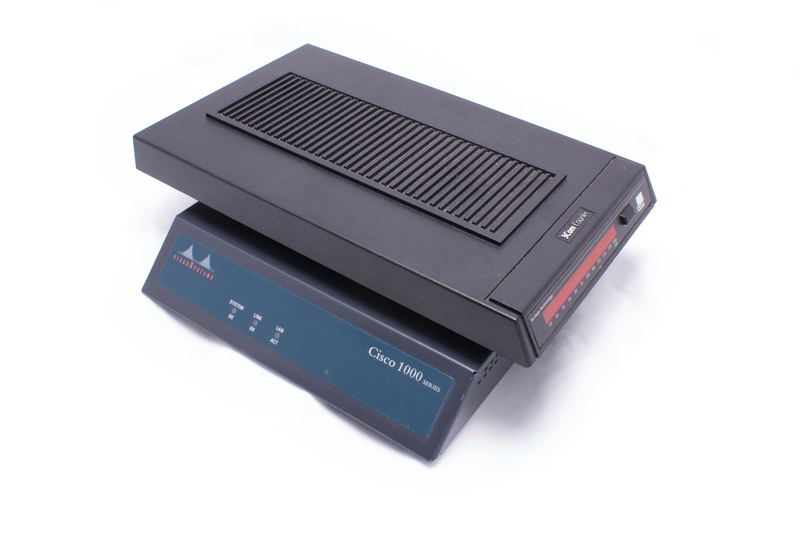
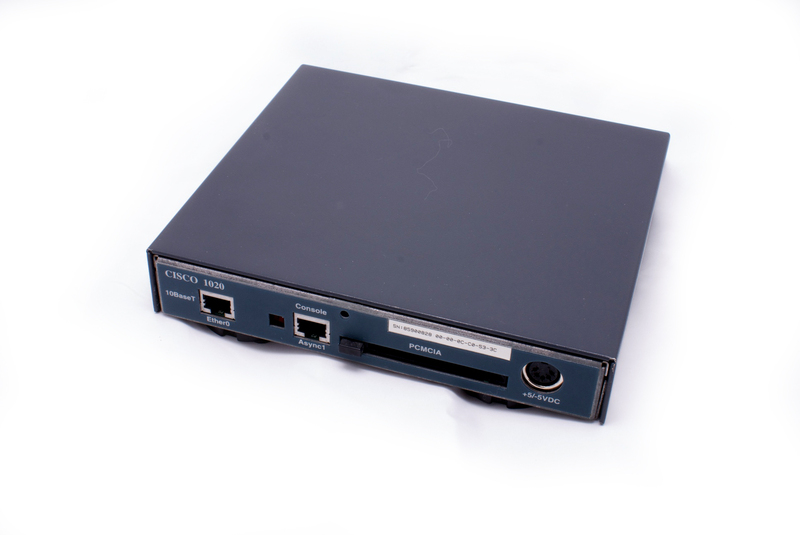
Rich inner world:
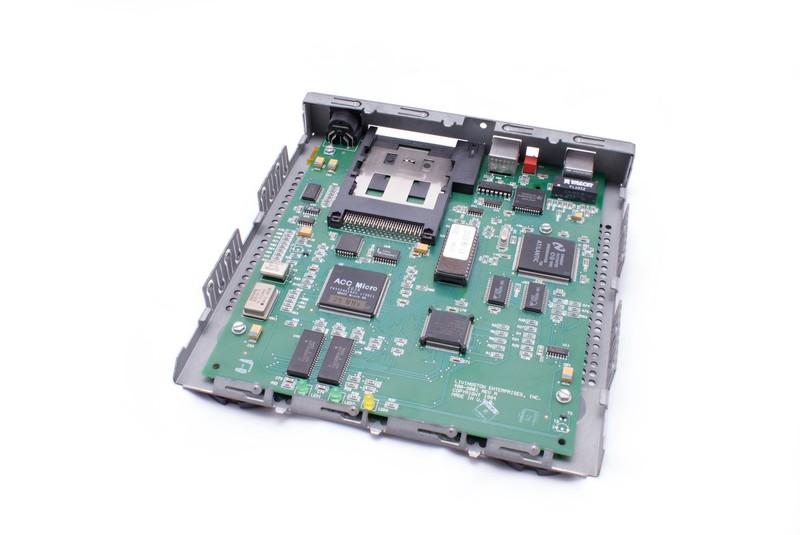
As can be seen from the screenshots of the command line below, this router can quite successfully accept incoming connections or dial in to the head office (which, in fact, it did for a long time), but it does not know NAT, which makes it completely useless outside a closed corporate network .
The main features of ComOS are:
In my opinion, the use of an AMD 386-25 processor is quite unconventional, although its performance is quite enough. ComOS is on a flash-memory chip, but it is not possible to update it, although I did come across references to firmware version 1.2.
In the screenshots, the relationship with modern IOS is quite clearly visible:


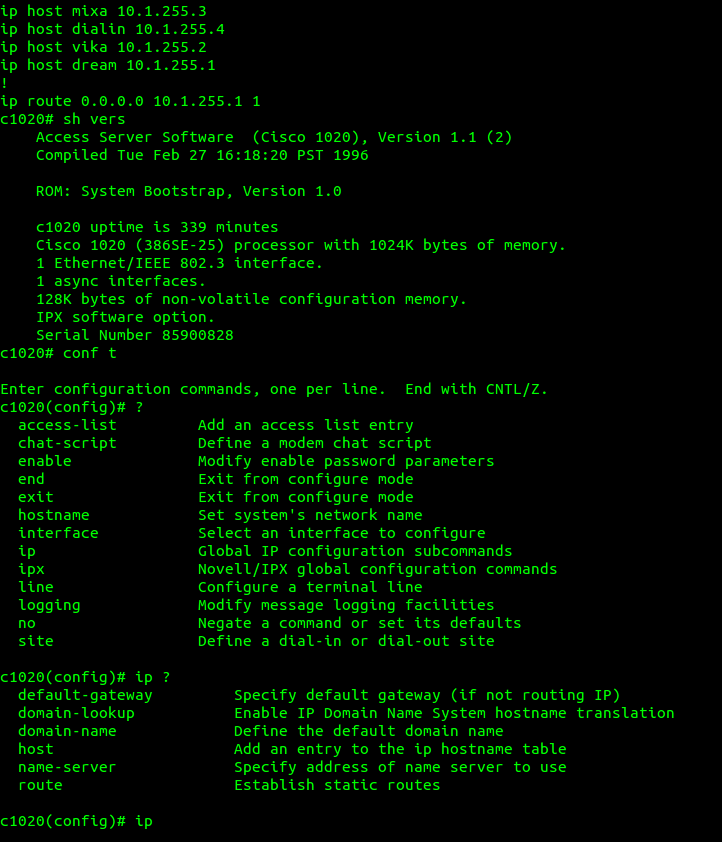
This router was replaced by the Cisco 1005. Despite the lower index, it was a device running a full-fledged IOS 11 version, a flash card installed in the PCMCIA slot allowed the IOS to be kept up to date, and the Motorola chip was used as a processor. The serial interface was able to function both in synchronous (up to 2 mb / s) and in asynchronous mode (up to 115.200 kb / s).

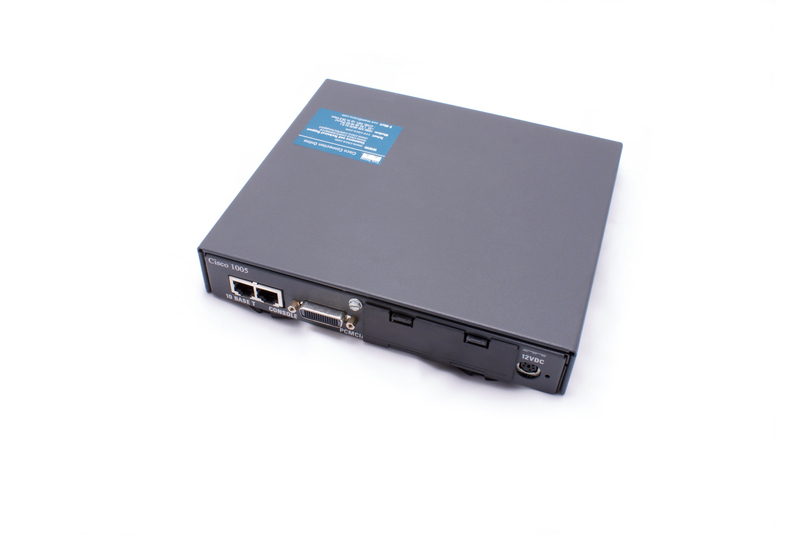
View inside. You can see the memory bar and a few chips:
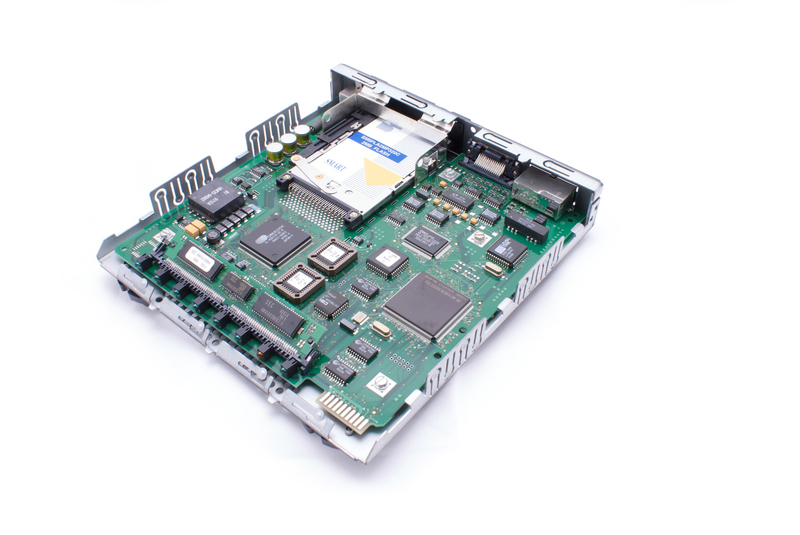
Unfortunately, in iOS 11.2. there is also no support for NAT, although there are already very advanced packet management capabilities - route-map, ACL. Dynamic routing protocols RIP, IGRP, EIGRP are supported. Remote management is carried out via telnet protocol, SNMP is supported.
If you find a PCMCIA Flash card, then you can upgrade to IOS version 12.07, where there is support for NAT, although at the present time, this may only be of sports interest. If the flash is not at hand, you can download the image from the TFTP server. Also, it is possible to increase the RAM - using a conventional SIMM.
The configuration looks very traditional:
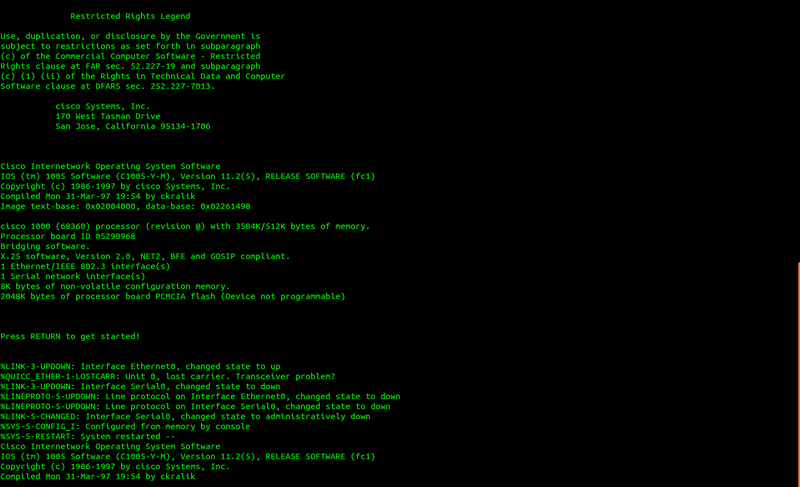
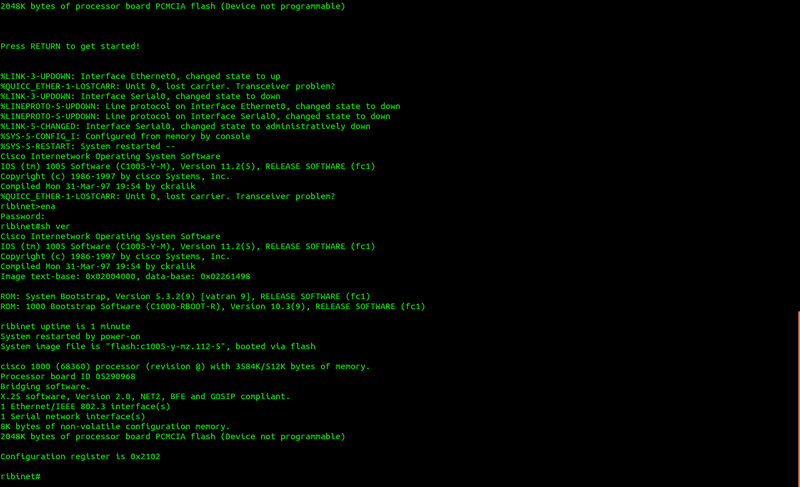
That's it for today. I believe that the old iron - like the ancient gods: they shrink, grow dull, but do not die forever. At my previous job, the old Cisco 2509 is still used to access the consoles of other routers, and something tells me that it will stay for a very long time.
Do not forget that modern 10Gbs interfaces and record volumes of transmitted traffic were preceded by such devices. Evolution, however.
I would like to tell you about the Cisco 1000 family of routers that preceded the emergence of the 2500 series routers.
It so happened that I had two devices in my hands - routers 1020 and 1005.
I want to start with 1020, as with more, in my opinion, interesting.
So, the first Cisco 1020 router was shipped to customers in April 1995, and the last order was accepted in mid-October 1996. Its capabilities were very modest - one 10Base-T LAN interface and the ability to connect two analog modems, one of which was connected to the AUX port, combined with the console port, and the second to the built-in PCMCIA slot. For each modem, it was necessary to specify an initialization string.
')
This router works under the ComOS OS and neither before it nor after this device, I did not come across the slightest mention of this operating system. Judging by the "hereditary" features, it is the progenitor of IOS 11.x, but does not have command line auto-completion and a bit of an unusual syntax - for example, the show version and show hardware commands are identical, but later the latter is no longer used, the configuration of the rip protocol is performed on each interface separately, etc.
There is only one user in the system, enable, and if you have forgotten the password, then it is not possible to recover it now. My copy got into my hands in 2003 and after some correspondence with the Cisco TAC, I managed to recover the password, but now Cisco is only talking about stopping support for this device. The main problem with password recovery is that some simple CHALLENGE is generated by simple manipulation, which is sent to the TAC and the RESPONSE is reported in response, allowing you to reset the enable password.
Photos of the appearance of the router:


Rich inner world:

As can be seen from the screenshots of the command line below, this router can quite successfully accept incoming connections or dial in to the head office (which, in fact, it did for a long time), but it does not know NAT, which makes it completely useless outside a closed corporate network .
The main features of ComOS are:
- IP support, Novell IPX for LAN interface
- WAN protocol support: PPP (support for IP and IPX), IPX Control Protocol, SLIP, compressed SLIP. PAP and CHAP authentication. Dial-on-demand dialing, PPP header compression.
- ACL, SNMP MIB II support
- Static Routing, RIP for IP and IPX Dynamic Routing Protocol Support
In my opinion, the use of an AMD 386-25 processor is quite unconventional, although its performance is quite enough. ComOS is on a flash-memory chip, but it is not possible to update it, although I did come across references to firmware version 1.2.
In the screenshots, the relationship with modern IOS is quite clearly visible:



This router was replaced by the Cisco 1005. Despite the lower index, it was a device running a full-fledged IOS 11 version, a flash card installed in the PCMCIA slot allowed the IOS to be kept up to date, and the Motorola chip was used as a processor. The serial interface was able to function both in synchronous (up to 2 mb / s) and in asynchronous mode (up to 115.200 kb / s).


View inside. You can see the memory bar and a few chips:

Unfortunately, in iOS 11.2. there is also no support for NAT, although there are already very advanced packet management capabilities - route-map, ACL. Dynamic routing protocols RIP, IGRP, EIGRP are supported. Remote management is carried out via telnet protocol, SNMP is supported.
If you find a PCMCIA Flash card, then you can upgrade to IOS version 12.07, where there is support for NAT, although at the present time, this may only be of sports interest. If the flash is not at hand, you can download the image from the TFTP server. Also, it is possible to increase the RAM - using a conventional SIMM.
The configuration looks very traditional:


That's it for today. I believe that the old iron - like the ancient gods: they shrink, grow dull, but do not die forever. At my previous job, the old Cisco 2509 is still used to access the consoles of other routers, and something tells me that it will stay for a very long time.
Do not forget that modern 10Gbs interfaces and record volumes of transmitted traffic were preceded by such devices. Evolution, however.
Source: https://habr.com/ru/post/139825/
All Articles